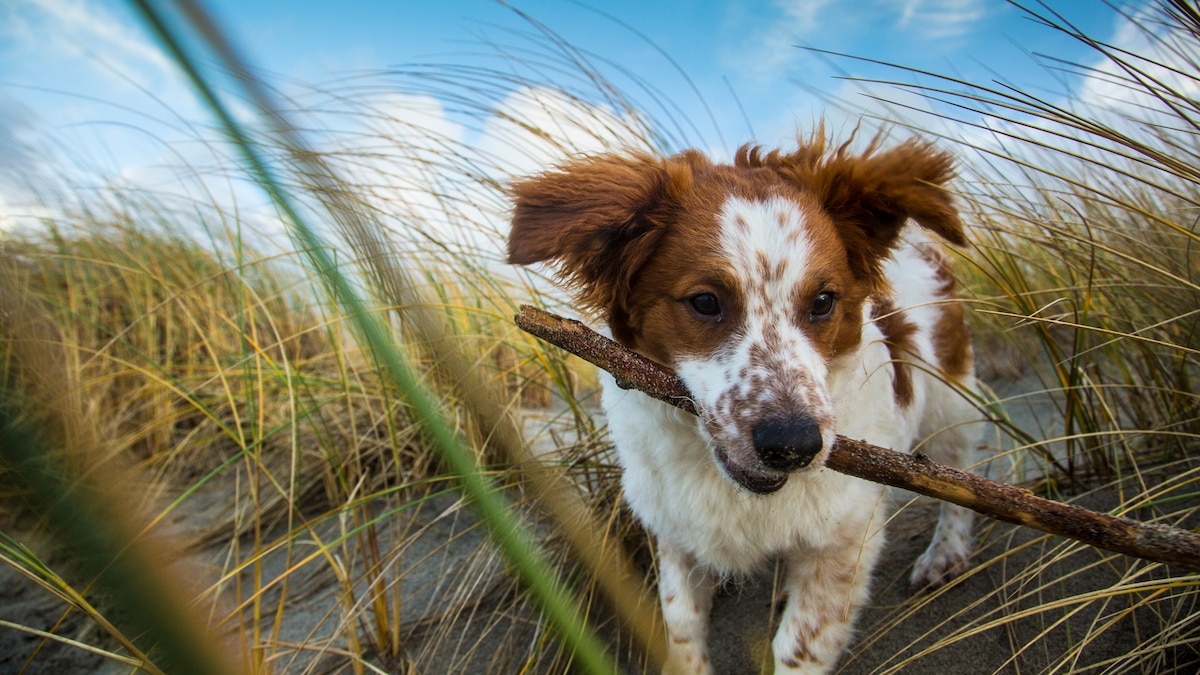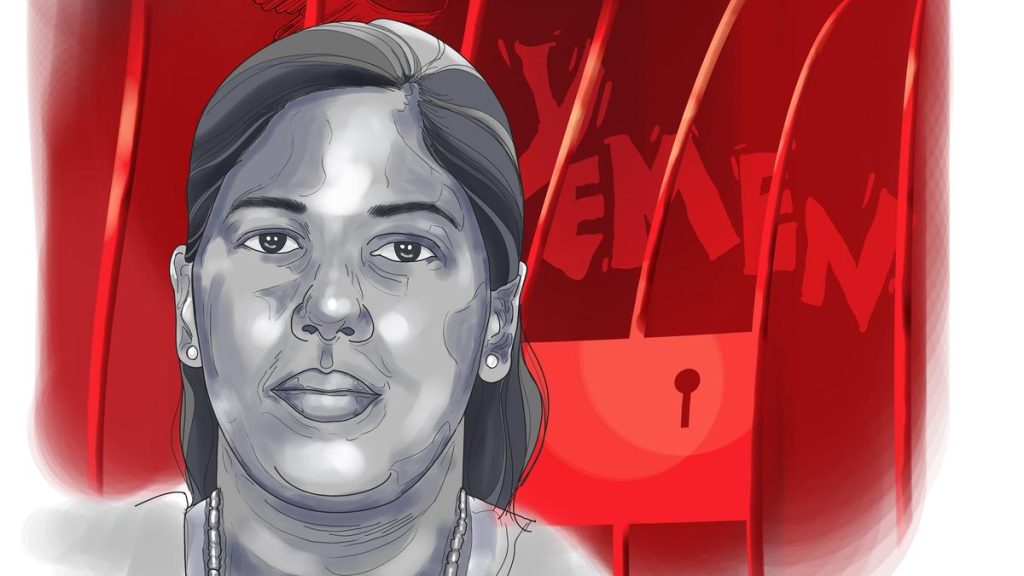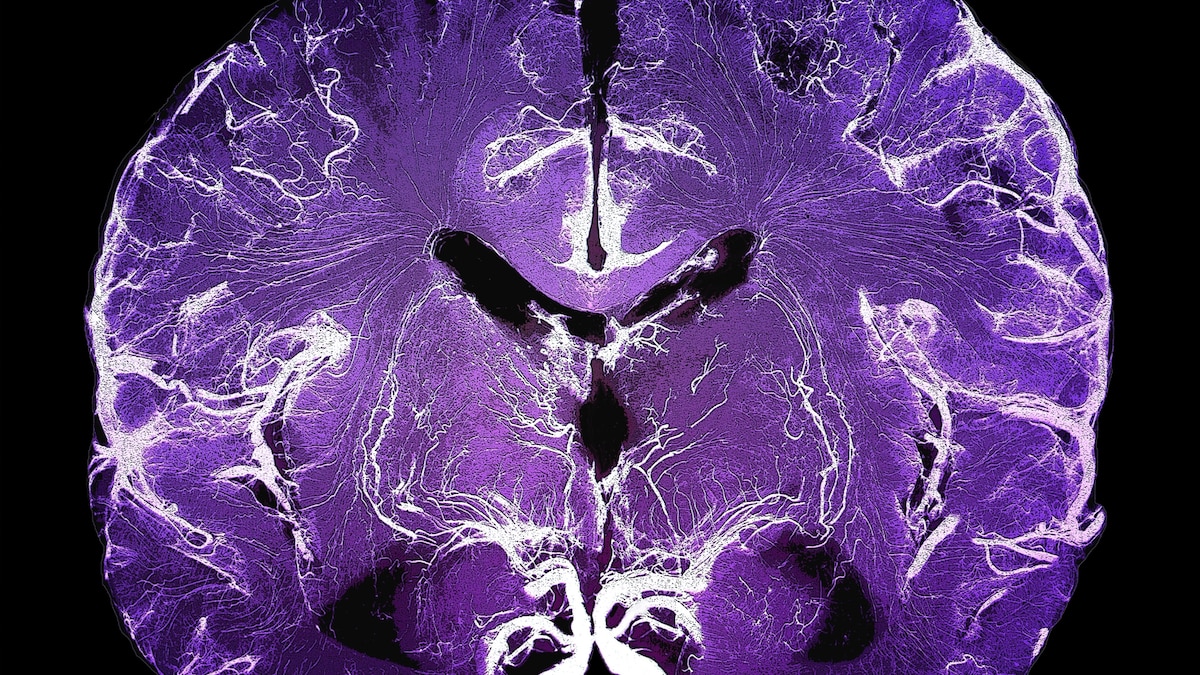Now Reading: Dogs. Bedbugs. Corn. They all have this one thing in common.
-
01
Dogs. Bedbugs. Corn. They all have this one thing in common.
Dogs. Bedbugs. Corn. They all have this one thing in common.

Your pet pug is without a doubt a domestic dog. A cow on a farm seems domestic, too. But what about an indoor/outdoor cat, that brings home unwelcome gifts? What about animals that live in our homes to our chagrin, like a rat or a bedbug?
Even among scientists, there is no universally agreed upon definition of what domestication looks like or what makes an animal “domestic.” Elinor Karlsson and Kathryn Lord faced this problem head on when they were publishing a paper on the genetics of farmed foxes—a famous experiment where Russian scientists selected foxes for tameness. The animals were tame, but were they domestic? By what definition?
“We do not have one that is agreed upon,” says Lord, an evolutionary biologist at the University of Massachusetts Chan Medical School in Worchester, MA. “So when we say we’re studying domestication, we don’t have anything that we’re actually all talking about.”
Now, Lord, Karlsson, and their colleagues have attempted to define domestication anew in a way they hope the scientific world can get behind. In their definition, “domestic” would apply to a population of non-human organisms that have evolved in response to a niche or role associated with humans, and that population can’t thrive outside of that human context.
By this logic, populations of dogs, corn, sewer rats, and bedbugs are all in; while others that people commonly consider domestic—such as horses or honeybees—are out.
Lord and Karlsson hope this new definition will allow scientists to study domestication more systematically—all starting from the same, agreed-upon definition. But while other researchers see some benefits, they also see drawbacks. And some question whether a new definition is really needed at all.
Ask three scientists, get three answers
“Domestic” comes from the Latin for “of the house or the home.” But what counts as domestic and what doesn’t has always been a bit up for debate. Where the organism lives matters, and how much control humans have seems to matter too. But humans can control one crop of blackberries, only to find other populations running rampant without any human effort.
What is “domestic” ends up a bit like art—or porn. We know it when we see it.
“I see domestication as human directed,” says Chris Schell, an urban ecologist at the University of California, Berkeley. In his definition, humans select populations of a species with traits that make them desirable.
But some scientists want to emphasize that the domestic population is truly, genetically different. “In my definition, it’s a population that has come under some form of human influence…that has become genetically differentiated,” says Carlos Driscoll, a biologist at Hood College in Frederick, MD. “There’s a genetic change, that’s the key for me.”
Others want to take the human control part out of the equation, giving more power to the other species involved. “I would talk about domestication as a relationship between species, and that it was a term coined specifically to situate relationships involving people,” says Amy Bogaard, an archaeobotanist at the University of Oxford in England. Animals can adapt to bring them closer to humans, but humans can also change their ways to better live with animals.
(Maybe dogs didn’t need us at all to domesticate themselves.)
You’re either with us, or you’re wild
In Lord and Karlsson’s definition, human control over the domestication process has little place. Lots of “domestic” populations of animals, after all, aren’t always under human control—like rampant blackberries or feral hogs or dogs. (That’s why they exclusively use the term “domestic” rather than “domesticated,” which implies humans did something on purpose.)
In most cases, the domestication process happens in a population or a group of animals of the same species that inhabit the same area, not in an entire species—though Lord, Karlsson and their colleagues carve out exceptions. Cats and dogs, they argue, are unable to truly thrive without humans—whether that’s though pet food or trash. And bedbugs require a human host—or a bat living near a human.
You May Also Like
(Ancient DNA shows cats domesticated themselves.)
The researchers settled on a spectrum of ways that organisms can tolerate humans. A “domestic” population is adapted to a human-associated niche. And it could be any organism—from microbe to animal. The lactic acid bacteria Lactococcus lactis, is adapted to produce cheese—a thoroughly human invention. Norway rats (Rattus norvegicus) “actually do so well with humans that they no longer have any populations that are outside of the human niche,” Lord explains.
But to be “domestic,” the population must not be able to thrive away from those human niches. Without cheese-making, that particular lactic acid bacteria is toast, and big bulky ears of corn wouldn’t have a chance. But horses and cows do all right away from people, as do carp, blackberries, or yeast. Instead, the scientists place these species as “human exploiters,” using our world—but not needing it. Lord, Karlsson and their colleagues published their new definition May 12 in Proceedings of the National Academy of Sciences.
“It’s useful in one regard, because domestication is not one simple thing,” Driscoll says.
“You know, it’s like cancer. Cancer is not all one thing. It’s just that all cancers end up looking kind of the same, right? So they have different pathways to becoming cancerous.” Similarly, there are different pathways to associating with people—and the result, domestic organisms, have a lot in common.
The emphasis on populations—allowing some groups of animals to be domesticate while others are not—is useful, says Eban Gering, an evolutionary biologist at Nova Southeastern University in Davie, Florida. “I think thinking about things at a population level is important,” he says. “Trying to put a species in one column or another actually throws a wrench in.”
Hold your horses
Just as Lord and Karlsson found other definitions unsatisfying, other scientists aren’t content with the new definition either. “Obviously people get upset when we reclassify things differently than what they believe them to be,” says Karlsson, a computational geneticist at the University of Massachusetts Chan Medical School.
But this new definition of “domestic,” Gering notes, is basically the same as “obligate synanthrope”—the scientific term for an animal that depends fully on humans and their environments. “They’re defining domestic as obligately synanthropic, which is already a definition that exists,” he says. “I’m not sure what utility it adds.”
Making “domestic” the same as “obligate synanthrope,” is, to Lord, the point. “We argue that the fundamental process of domestication is the evolution of a nonhuman population to the point where it requires an anthropogenic niche to sustain itself.” This, she says, takes out the human-centered role of other definitions, and takes it down to the bare-bones evolution of it all.
“I think you do need a definition,” Driscoll says. An agreed-on definition is important for conversation efforts. But this one “doesn’t it seem like an improvement to me on what’s out there to begin with.”
A new definition could just muddy things, Gering notes. “If we suddenly reclassify ‘domestic’ such that bed bugs are considered domestic, then all of this existing literature becomes very confusing.”
A domestic world
It is possible that no definition will satisfy everyone. “Nature is wet, and squiggly, and doesn’t easily fit into boxes,” Driscoll says. But the debate highlights just how much of a role humans play in the lives of other organisms on this planet.
“As a simple definition, I think that’s fine,” Bogaard says. But it begs an important question, she notes: What is a human-associated niche? A house, yes. A farmer’s field, yes. But if animals that thrive on our trash are “domestic” because they are in a human-altered niche, she notes, what about ecosystems altered by human-caused climate change? If we continue as we have, after all, soon all animals that thrive will be doing so under human effects.
Schell also has questions about how far a human niche can go. He notes that many organisms are doing well in Chernobyl, where humans no longer set foot, but which is, without question, very human-affected. “The wolves are adapting in that environment,” he says. “Would we call them domesticated? They’re alive. They’re thriving.”
Under this definition, that is something scientists would have to face, Lord agrees. “Continued human encroachment on less disturbed environments could lead to a future dominated by domestic species,” she explains. Not only that, as we tear down natural environments, species “currently capable of surviving outside human-dominated areas might lose their natural habitats. Consequently, they would become reliant on human-created environments.” They would die—or they would evolve and become domestic.
“We don’t think domestication is really special at all,” Lord says. “It is just plain old evolution. And the only reason it is of any interest is because we’re interested in us, and we are actually having an outside impact right now on our environments.” What every definition of domestication can agree on is that something is evolving. It’s evolving near us. Everything else, it seems, is up for debate.
























